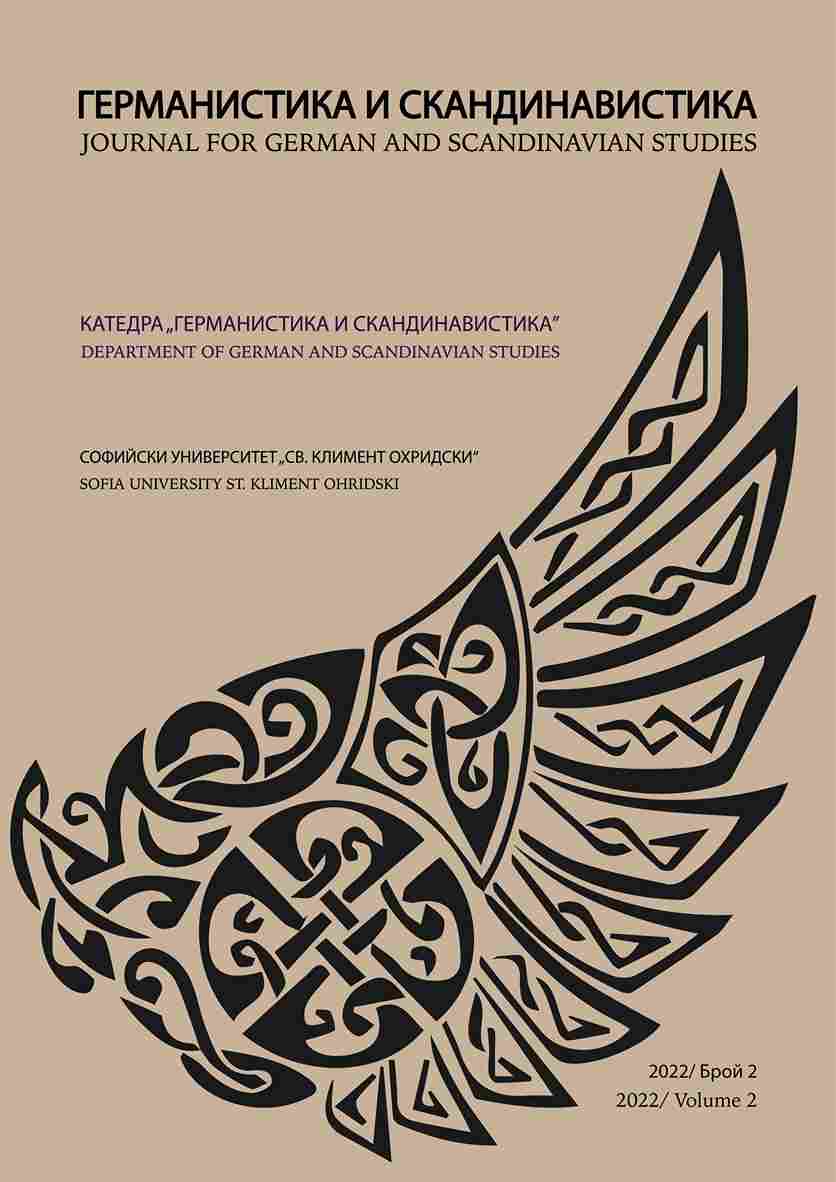Onomatopoeic representation techniques in two cultural salons
Onomatopoeic representation techniques in two cultural salons
Author(s): Elitsa Dubarova-Petkova, Iliana IvanovaSubject(s): Language and Literature Studies, Studies of Literature, Comparative Study of Literature, German Literature, Russian Literature
Published by: Софийски университет »Св. Климент Охридски«
Keywords: cultural salon; onomatopoeic representation; Tolstoy; Musil
Summary/Abstract: This article focuses on the acoustic similarities between two cultural salons, which have become active participants and main characters in two novels, written far apart from one another in time – “War and Peace” by Leo Tolstoy and “The Man Without Qualities” by Robert Musil. The similarity between the two salons runs parallel in terms of their specific “sounding”, determined by onomatopoeic representation. The salon of Diotima in Musil’s novel is associated with a henhouse where all conversations about war and peace are just cackling and clucking. As Tolstoy never completely accepted the progress of bourgeois civilization, the salon transparently and explicitly gets allegorical sense of “spinning workshop” whose “products” are vanity, intrigue and bustle. The onomatopoeic representation of the two salons is loaded with deep irony, as well as parodic motivation, leading to the sceptic conclusion that peace cannot be achieved by the spiritual endeavors of cultural communication.
Journal: Германистика и скандинавистика
- Issue Year: 2/2022
- Issue No: 1
- Page Range: 116-124
- Page Count: 9
- Language: English

